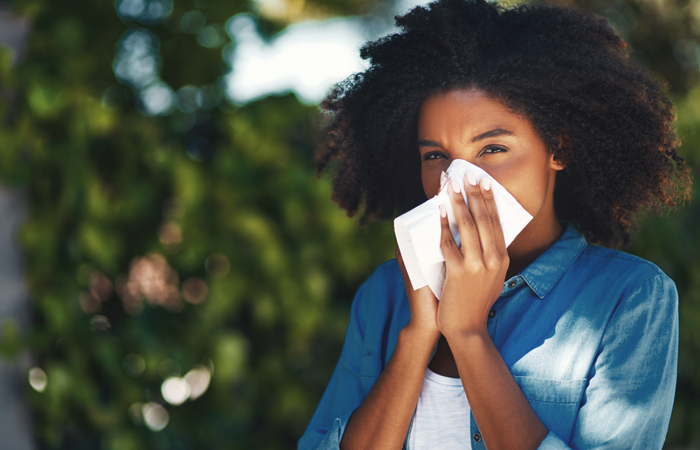Understanding the problem
Around 18 million people in the UK suffer from hayfever and it is estimated that this number will soar to 31.8 million by 2030. This rise is being linked to air pollution and the effect of climate change, as increases in environmental temperature can lead to more pollen-bearing plants and the hayfever season starting earlier.
Almost a third of hayfever sufferers report that their symptoms have become more severe in recent years and more than one in 10 say they have stopped going out altogether during peak pollen times.
The majority of hayfever sufferers seek relief from the condition by going to their pharmacy, with an average of 22 patients a week making such a visit during a typical hayfever season, compared with 15.5 patients who see their GP.
Some 85 per cent of sufferers admit that they haven’t changed their treatment approach for three years or more, despite their symptoms becoming more severe.
Fast facts
- The pollen season can start as early as January and end as
late as November - Around 18 million people in the UK suffer from hayfever, and incidence rates are on the rise
- There are around 30 types of pollen that can cause hayfever
- People are more likely to develop hayfever if they have a family history of allergies, particularly asthma or eczema
- Hayfever is more common in boys than girls but affects adult men and women equally. Some 10-15 per cent of children and 26 per cent of adults in the UK are affected
- Many people find their symptoms improve as they get older, with symptoms disappearing completely in around 10-20 per cent of people
- There is currently no cure for hayfever, but most people are able to relieve their symptoms, at least to a certain extent, with treatments and self care measures
- Without treatment, hayfever can lead to complications such as asthma, sinusitis and middle ear infections, as well as having a serious impact on quality of life.

